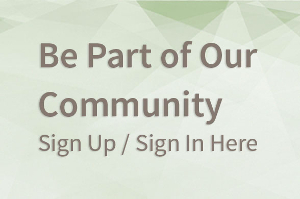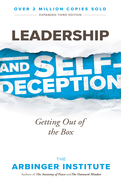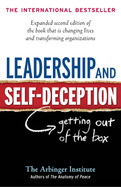BK Blog Post
Getting Your Thought Leadership Heard on the Web
 Posted by
Katie Sheehan,
Senior Communications Manager,
Berrett-Koehler Publishers Inc.
Posted by
Katie Sheehan,
Senior Communications Manager,
Berrett-Koehler Publishers Inc.
An Effective Way to Launch Your Book, Extend the Life of Your Book, Build Your Business and your Brand, and Mark Yourself as a Thought Leader
Article Writing Makes Your Book Constantly Relevant
This tip sheet outlines the key strategies necessary for using article writing to promote the launch of your book, to extend the life of your book past its publication date, as well as to build your business. Social Media can amplify the reach of your articles immensely. New content is very valuable online and can be shared across a wide variety of platforms. Be sure to notify your publicist and social media practitioners when your articles are published.
Article writing and content distribution can also be an important way to continue the marketing and publicity for your book long past its publication date. By re-pitching your book through regular article placements, you can keep the content of your book fresh and timely. Sometimes a critical mass of attention is needed for a topic to get noticed. Thus, finding ways to continue to build the readership of your book as you build your own reputation as an expert can pay off.
In addition, article writing is a great way to explore extending your content into another title or other concepts. Articles can even become the core content of a future book.
Prepare your materials: prewritten articles and excerpts
You can prepare to pitch articles in several ways:
Pitch Article Ideas To Editors
One way is to write up four to six article ideas (two-to-three-sentence descriptions of article topics you can write on). Then pitch these ideas to editors, along with a longer description of who you are (i.e. why you are an authority on the subject) and a general description of your book. This method allows you to gauge interest in your article topics before you write the actual articles. You have to be prepared to put together the articles quickly—sometimes within a week—if you get interest though.
Prepare Articles Ahead of Time
Another way is to do what many of our authors do, which is to write five to seven “canned” articles ahead of time that can be shopped around to magazines and websites before the publication date of the book. We recommend a variety of lengths: 500, 750 (most popular), and 1,000 words. You might have a quiz or a numbered checklist that would make for a fun piece. It is best to have a couple of articles that are overviews of the material and then a couple of articles that tie into current events. Some authors excerpt their whole book as articles, so ask your self if an excerpted chapter might make an interesting article?
Create An Article-Writing Schedule for Yourself
Finally, as an ongoing strategy to keep placing articles beyond the initial book launch, set up a schedule to write one article a week or month that you can send to various outlets. The articles can include a combination of the nuts-and-bolts timeless advice from your book and content tied into current events.
Be mindful of lead times for pitching outlets
As you plan your articles, it is important to be aware of the lead times that are needed for placing articles. It is ideal to have articles published around the publication date of your book because then your potential readers will be able to buy the book while it is available through all appropriate distribution channels.
- For print publications like magazines and trade association publications (e.g. American Society of Association Executives’, Associations Now, American Business Women’s Association’s Women in Business), you need to place the articles at least four to six months in advance of when you want them to be published.
- For websites and e-newsletters, you need to place your articles one month in advance of when you want them to appear. Since many print publications and daily newspapers are now available only online, the need for online content has exploded. You have many more opportunities to get articles published online than ever before.
Other ways to distribute your articles
Target websites for your core audience.
Pick the top 10 to 20 websites where you want to distribute your content and offer your articles to the publishers of those websites. Let them know the types of articles you have written and the lengths. Many publishers will jump at the chance to simply cut and paste content without too much fanfare. Pitch yourself as a regular columnist if that seems appropriate, like for Huffington Post or Forbes.com
Build your own email distribution list.
As you come into direct contact with journalists and publishers who are interested in your content, build your own contact list so that you can reach out to them directly in the future. Then, as you write articles each month, you can email these contacts directly with your new articles. You can also feature the articles in your own e-newsletter and offer them to people to use in their own publications/websites.
Archive your articles on your website
Offer a “featured article of the month” on your home page with a link to past articles and an option for people to sign up to receive your articles every month. Make sure journalists know that they are welcome to use these articles for their e-newsletters, websites, and print publications as long as they give proper credit. Click here to see how our author, Carol Kinsey Goman, does this effectively on her consulting services website.
Helpareporter.com (HARO)
This is a website that connects journalists and experts. You can sign up for free and receive three alerts per day with a wide variety of journalist’s requests (usually 15 to 20 per email) that you can follow up on yourself. Peter Shankman runs the site, and all he asks is that you do not abuse the relationship with the reporters. We know authors who have gotten exposure on Good Morning America from leads they received from HARO.






